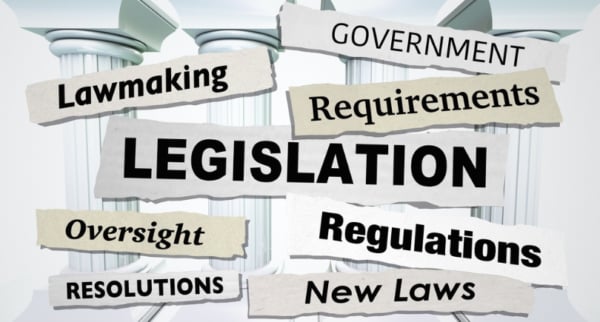Question: Can you explain how to use the convenience checks that come with credit card statements?
Answer: The blank checks that come with your credit card statements are called convenience checks. Many consumers find it appealing to be able to write a check without the money coming out of your checking account. But this isn’t free money. In fact, you should know that using convenience checks can become quite expensive because of the interest rate and fees.
To determine the real expense of using a convenience check, you need to read the terms and conditions of your disclosure statements. You’ll find out if the checks are treated as a balance transfer or a cash advance. Usually, the amount of the check is treated as a cash advance. This has several disadvantages. First of all, you’re going to pay the APR for cash advances, not the APR for purchases. For example, let’s say your purchase APR is 15.99 percent, but the APR for cash advances is 25.99 percent.
The APR you’ll be paying on the amount you wrote on your convenience check is 25.99 percent. Most cards also have a fee for getting a cash advance. This fee can range from 3 – 5 percent. So if you write a convenience check for $2,000 and the cash advance fee is 5 percent, you’d owe $2,100 right off the bat just for the “convenience” of using this check. Now think about the 25.99 percent APR you’re paying on the $2,100 balance. And the interest starts accruing immediately–there’s no grace period.
About the only time using a convenience check makes sense is if you’re having a unique financial crisis due to cash flow issues. And I’d only recommend this approach if you know for certain you’ll have the cash to pay it off very quickly.


